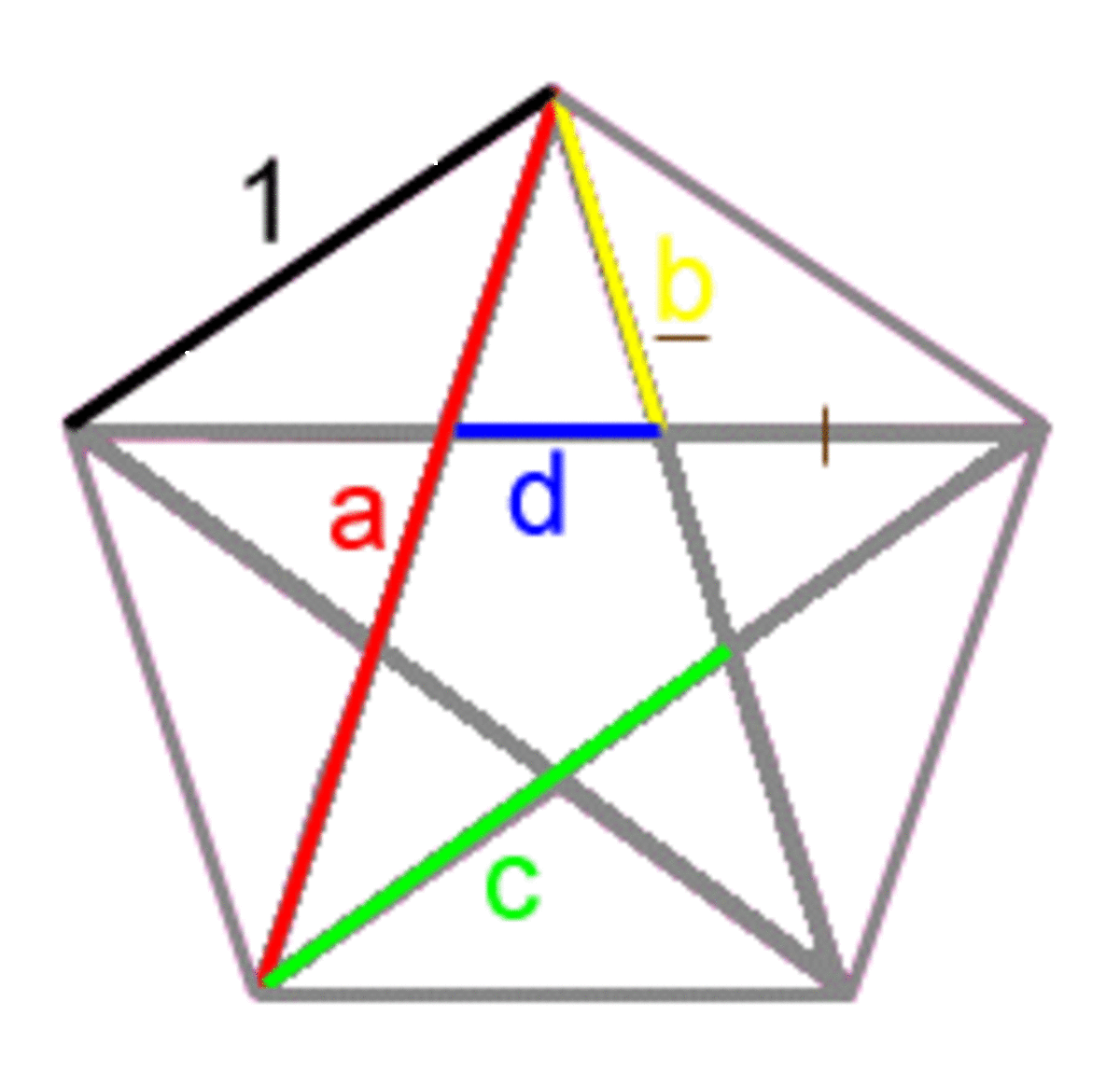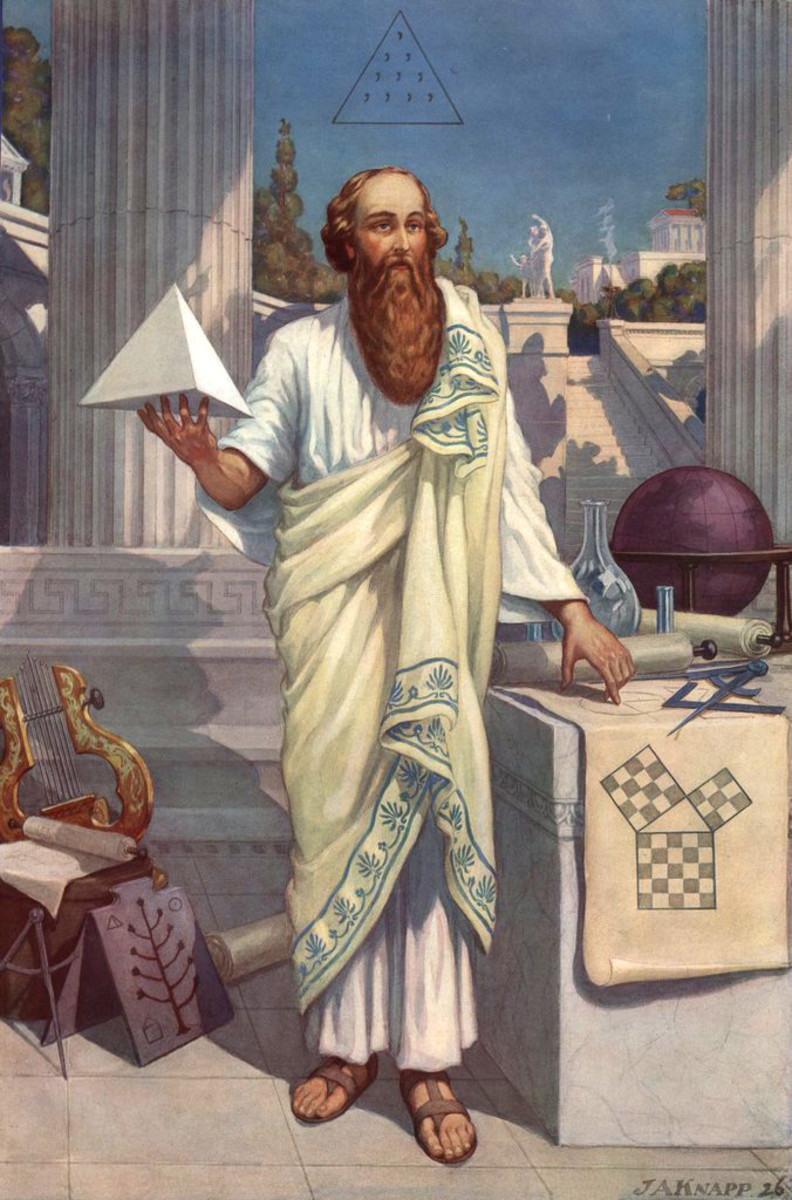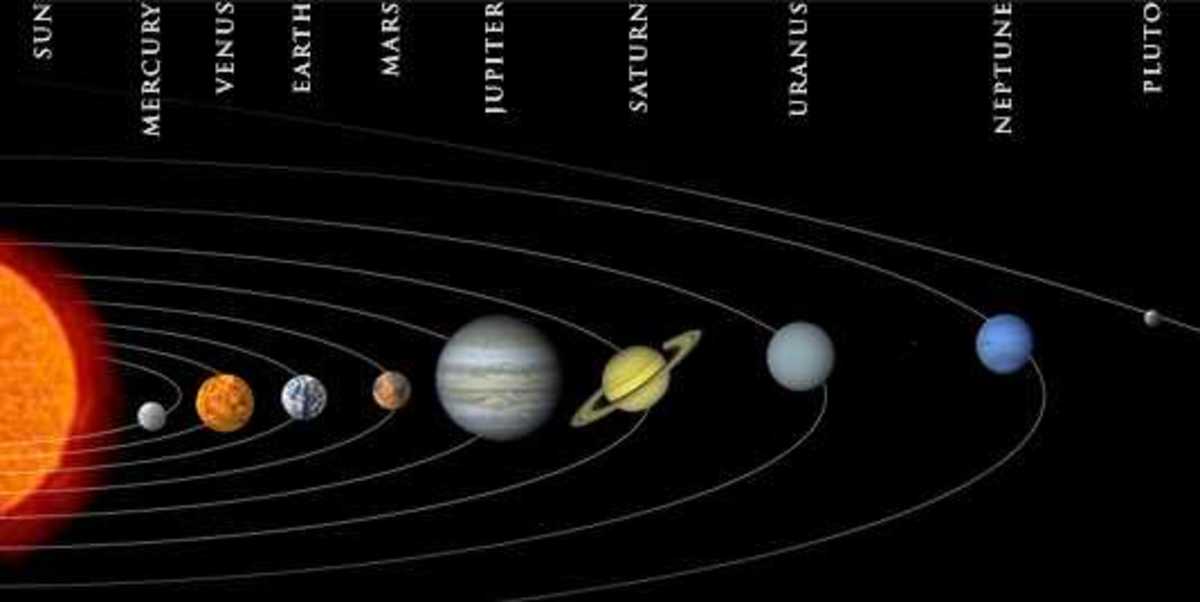Fibonacci
Fibonacci was the most influential mathematician of the Middle Ages, and the first mathematician of any note in Europe since the onset of the Dark Ages.
We do not know the exact dates for Leonardo of Pisa (also called Fibonacci), but we believe he was born in approximately 1170 in Pisa, Italy. Leonardo was the son of Bonaccio (hence the name Fibonacci), a wealthy Italian merchant, and we know that he accompanied his father on his travels around the Mediterranean and the Middle East, including Egypt, Greece and Syria. It is believed that they lived for some time in the city of Béjaïa (Bougie) in Algeria, North Africa.
During his travels Leonardo was introduced to the Hindu-Arabic numeral system and studied under some of the leading Arab mathematicians of the time. This Hindu-Arabic system is basically the system we use today, using the nine numerals from 1 to 9. Fibonacci recognised the superiority of this system over the Roman numeral system that was in common use at the time. The new system was simpler to use and more efficient than the old.
In 2002 Leonardo returned home to Italy and soon afterwards published his most famous work called Liber Abaci (The book of calculation) . The book is devoted mainly to arithmetic, introducing the Western world to the Hindu-Arabic system. It contains fifteen chapters describing the nine Indian figures and the sign for 0 (called zephirum or ṣifr in Arabic), and explains the methods of reading and writing of the new numerals, methods of calculation using both whole numbers and fractions, calculations of square and cube roots, and the solution of linear and quadratic equations. However, negative and imaginary roots of equations are not recognised and the algebra is purely rhetorical, showing the influence of the Arabic mathematicians Al Khowarizmi and Abu Kamil.
Fibonacci wrote five other works of note:
1. The Practica geometriae (Practical geometry) published in 1220 was based on the Arabic version Of Euclid’s Division of Figures and on another work by Heron. Practica geometriae contained a huge collection of geometric and trigonometric problems, solved algebraically and rigorously treated in the Euclidean manner. Among other things, it contains a proof that the medians of a triangle divide each other in the ratio 2 : 1.
2. Fibonacci had come to the attention of Frederick II, who became king of Germany in 1212 and was crowned Holy Roman Emperor in 1220. Johannes of Palermo, a member of Frederick II’s court, presented a number of problems as challenges to Fibonacci. Fibonacci’s work Flos (Flower) , published in 1225, contained solutions to most of these problems.
3. Liber qudraatorum (Book of squares), also published in 1225 was an original work on indeterminate analysis which established Fibonacci as the greatest numerical theorist between Diophantus and Fermat. One problem that appears in the book (in modern notation) was to find a rational number x such that x2 + 5 and x2 – 5 are squares of rational numbers. Fibonacci gave the correct solution x = 41/12.
4. Di minor guise, a work on commercial arithmetic, is unfortunately lost.
5. A commentary on Book X of Euclid's Elements is also lost.
Fibonacci died in about 1250.
A contribution of Fibonacci to mathematics
The following describes Fibonacci’s most enduring contribution to mathematics, though it may not have been his greatest contribution.
Liber Abaci contains a large number of problems, many of which continued to be used by subsequent mathematicians for centuries. One of these problems (in the third section of the book) introduced to the Western world a number sequence that had been known to Indian mathematicians from as early as the 6th century.
The problem discusses rabbits being kept in an enclosed field. Start with a single pair of rabbits. If every month each pair bears a new pair that itself becomes productive from the second month on, how many rabbits will there be after a year? The solution to this problem leads to the famous sequence, which we know as the Fibonacci Sequence: 1, 1, 2, 3, 5, 8, 13, ... where each number of the sequence is the sum of the previous two numbers.
Although Fibonacci did not know this, the sequence has many special properties that can be linked, among other things, to Pascal’s triangle and the Golden ratio.








